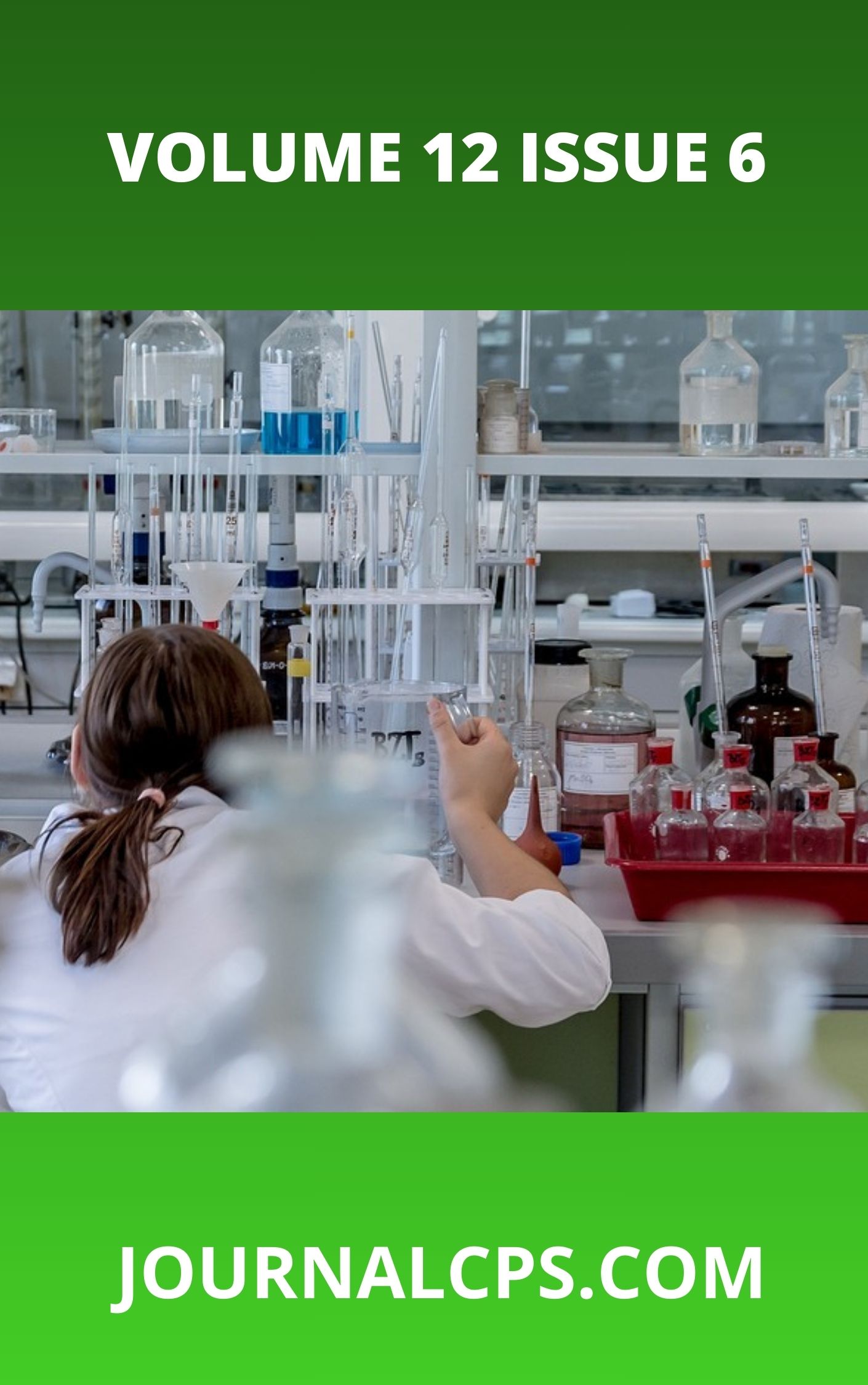Physicochemical, Phytochemical and Gas Chromatography- Mass Spectrometric Analyses of Gmelina Arborea Root Hexane Extract
Keywords:
Gmelina arborea, phytochemicals, physicochemical properties, , gas- chromatography, root oilAbstract
This study investigates the physicochemical properties, phytochemical composition, and gas chromatography–mass spectrometric (GC-MS) profile of the hexane extract of Gmelina arborea root (GARHE) to evaluate its potential for industrial applications. GC-MS analysis identified five major components. Of these, (9Z,12Z)-octadeca-9,12-dienoic acid (Linoleic acid), a polyunsaturated fatty acid (PUFA), was the most abundant natural compound at 30.90%. Also present were 2,4-Di-tert-butyl-6-nitrophenol (an antioxidant additive) at 2.19% and (9Z)-octadeca-9,17-dienal (an unsaturated aldehyde) at 0.23%. Notably, diisobutyl phthalate (37.47%) and di(2-ethylhexyl) phthalate (29.21%) were identified as significant processing contaminants.The physicochemical properties revealed an acid value of 66.30 mg/g, an iodine value of 61.48 mg/g, and a free fatty acid (FFA) content of 32.07 mg/g. These values suggest a moderate degree of unsaturation and significant hydrolysis, indicating the oil's suitability for applications such as biodiesel production and lubricant formulations rather than direct nutritional uses. Additional parameters, including a peroxidation value of 34.63 mg/g, saponification value of 43.39 mg/g, and esterification value of 22.92 mg/g, further support the extract's industrial relevance due to its oxidative characteristics and high non-saponifiable matter content. Phytochemical screening indicated the absence of alkaloids, flavonoids, phlobatannins, anthraquinones, carotenoids, and glycosides in this hexane extract. However, significant concentrations of terpenoids (133.90 mg/g), saponins (83.00 mg/g), and phenols (18.62 mg/g) were detected, suggesting potential functional benefits in cosmetic and surfactant applications. This comprehensive analysis provides foundational data supporting the industrial utility of Gmelina arborea root hexane extract, particularly in biofuel and lubricant formulations, while highlighting the importance of contamination control during processing.
Downloads
Published
Issue
Section
Similar Articles
- Taye Temitope Alawode, Identification of Potential Aedes aegypti Juvenile Hormone Inhibitors from Methanol Extract of Leaves of Solanum erianthum: An In Silico Approach , Communication In Physical Sciences: Vol. 11 No. 4 (2024): VOLUME 11 ISSUE 4
- U. Aletan, Proximate and Physicochemical Analysis of the Fruit and Oil of Avocado Pear , Communication In Physical Sciences: Vol. 3 No. 1 (2018): VOLUME 3 ISSUE 1
- Abdulfatai A. Otori, Akeem A. Jimoh, John T. Mathew, Development of Heterogeneous Catalyst from Waste Cow Bone Using Parinarium Macrophylum Seed Oil for Biodiesel Production , Communication In Physical Sciences: Vol. 7 No. 3 (2021): VOLUME 7 ISSUE 3
- Itoro Esiet Udo, Imaobong Daniel Ekwere, Idongesit Bassey Anweting, Beneficiation Process of Locally Available Bentonitic Clay: An Efficient Utilization in Drilling Fluid Application in Akwa Ibom State , Communication In Physical Sciences: Vol. 12 No. 2 (2025): VOLUME 12 ISSUE 2
- Ivwurie, Wisdom, Okorodudu, E.Oghenetega, Assay of Aliphatic Hydrocarbons in Soils from Selected Areas in Ughelli and its Environs, Delta State, Nigeria , Communication In Physical Sciences: Vol. 8 No. 2 (2022): VOLUME 8 ISSUE 2
- O.V. Ikpeazu, Ifeanyi E.Otuokere, K.K.Igwe, Gas Chromatography–Mass Spectrometric Analysis of Bioactive Compounds Present in Ethanol Extract of Combretum hispidum (Laws) (Combretaceae) Root , Communication In Physical Sciences: Vol. 5 No. 3 (2020): VOLUME 5 ISSUE 3
- Izuagbe Gilbert Osigbemhe, Essential Oil Composition and Anti-Microbial Activity of Zyzgium aromaticum (l) merril and Percy [fam. Myrtaceae] Using Hydro-Distillation and Solvent Extraction Methods , Communication In Physical Sciences: Vol. 12 No. 4 (2025): VOLUME1 2 ISSUE 4
- Nwoke Linda Chinyere, Uchenna Igwe Okenwa, Onuchi Marygem Mac-Kalunta, Johnbull O. Echeme , Uyanwa Maryjane Nkeiruka, Phytochemical screening and wound healing studies of Chromolaena odorata , Communication In Physical Sciences: Vol. 11 No. 2 (2024): VOLUME 11 ISSUE 2
- Imaobong Ekwere Daniel, Chemical Profiling, Antioxidant and Antimicrobial Activity of Cinnamomum Tamala (Indian Bay Leaf) Extract , Communication In Physical Sciences: Vol. 12 No. 3 (2025): VOLUME 12 ISSUE 3
- Ivwurie Wisdom, Okorodudu, E.Oghenetega, Assay of Aliphatic Hydrocarbons in Soils from Selected Areas in Ughelli and its Environs, Delta State, Nigeria , Communication In Physical Sciences: Vol. 8 No. 2 (2022): VOLUME 8 ISSUE 2
You may also start an advanced similarity search for this article.




